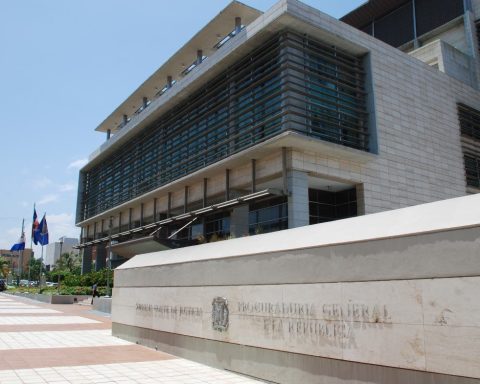As we have been enjoying comfortable temperatures, global warming appears to us to be a remote threat. Indeed, in India and other parts of the planet, high temperatures have disrupted living conditions and inflicted serious damage on their economies. That we have forgotten about it for a while does not mean, however, that the dangers derived from its presence have disappeared. In fact, among its effects is the melting of the polar regions, glaciers, and snow on the highest mountains, which combined with variations in atmospheric currents cause colder winters in various geographical demarcations.
The forecast for cyclone season this year has been changing as we get closer to it. In that sense, the probability that its intensity is greater than the average of the last 20 years has been increasing. The most recent estimates indicate that it will be above average due to the persistence of the process known as “la Niña”, which weakens the wind flows that disorganize the structure of cyclones. It is anticipated that about 20 storms tropical will receive their own names, of which nine will be hurricanes and four of them category three or higher than three. But atmospheric warming not only affects the intensity of cyclones but also their trajectory, and this last consequence is more complex and difficult to predict.
Already hit by rising food and fuel prices, our economy would suffer significant damage if one of those cyclones decided to pay us a visit. This is the time to review buildings, electrical networks, telecommunication circuits, storm drains, water retaining walls, catastrophic insurance coverage, shelter authorization, computer backup systems and other relevant resources and procedures.















